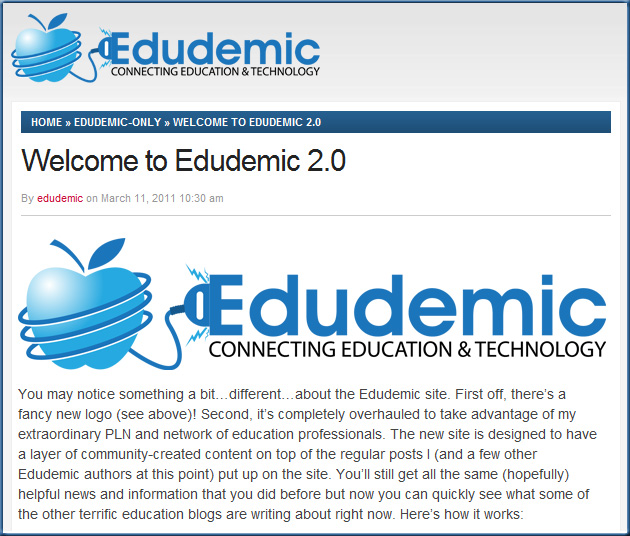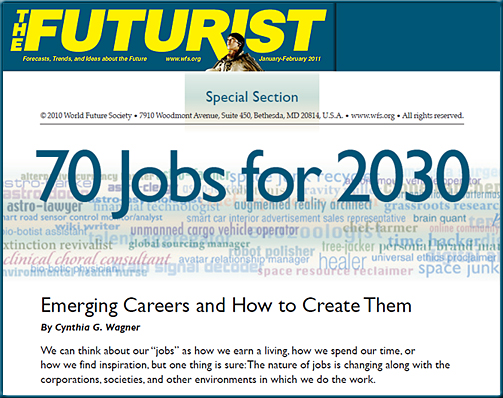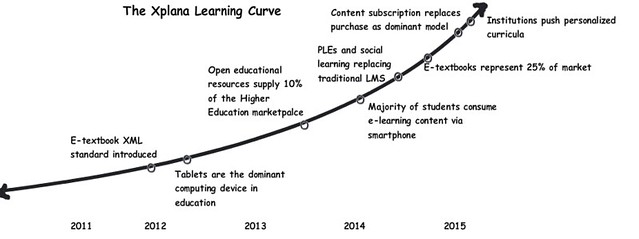Connectivism & Connective Knowledge in Action — from ZaidLearn
The Learning Ecosystem — from Chief Learning Officer by Mal Poulin
“Without a sustainable, user-friendly and easily implemented plan to capture and spread information between employees, technology is just hardware and software.”
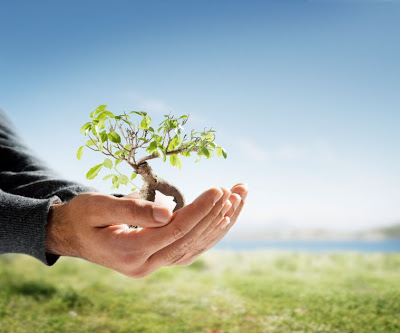
- Environments, cultures, organizations, and methods that support workplace learning and performance. It’s not about the software; it’s about what they do with it.
- Strategies, processes, and tools to enable learning in every aspect of the business or operation. The goal is to yield front-line performance improvements that result in customers who notice and come back for more products and services.
This slide was from an EDUCAUSE Live! Webcast on 16 Dec 2010 by H. David Lambert, president and CEO, Internet2:
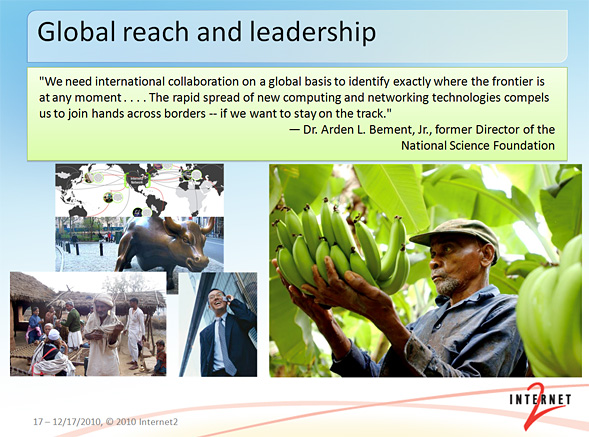
.
From DSC:
To me, it again reinforces the great need to be connected to networks of subject matter experts (SME’s) within a discipline. Without such personal learning networks, there is a chance that what a professor is teaching may not be entirely accurate and up-to-date.
Here are a couple of items from David Álvarez regarding his view of a PLE:
http://e-aprendizaje.es/2010/03/09/mi-ple/
…and an animated version can be found at:
http://www.flickr.com/photos/e-aprendizaje/4574226764/
Thanks David,
Daniel
The Wild World of Massively Open Online Courses — from unlimitedmagazine.com by Emily Senger
Would you participate in a class with 2300 other online students?
In a traditional university setting, a student pays to register for a course. The student shows up. A professor hands out an outline, assigns readings, stands at the front and lectures. Students take notes and ask questions. Then there is a test or an essay.
But with advancing online tools innovative educators are examining new ways to break out of this one-to-many model of education, through a concept called massively open online courses. The idea is to use open-source learning tools to make courses transparent and open to all, harnessing the knowledge of anyone who is interested in a topic.
George Siemens, along with colleague Stephen Downes, tried out the open course concept in fall 2008 through the University of Manitoba in a course called Connectivism and Connective Knowledge, or CCK08 for short. The course would allow 25 students to register, pay and receive credit for the course. All of the course content, including discussion boards, course readings, podcasts and any other teaching materials, was open to anyone who had an internet connection and created a user profile.
“The course was the platform, but anyone could build on that platform however they wanted,” says Siemens. “There’s this notion that technology is networked and social. It does alter the power relationship between the educator and the learner, a learner has more autonomy, they have more control. The expectation that you wait on the teacher to create everything for you and to tell you what to do is false.”









